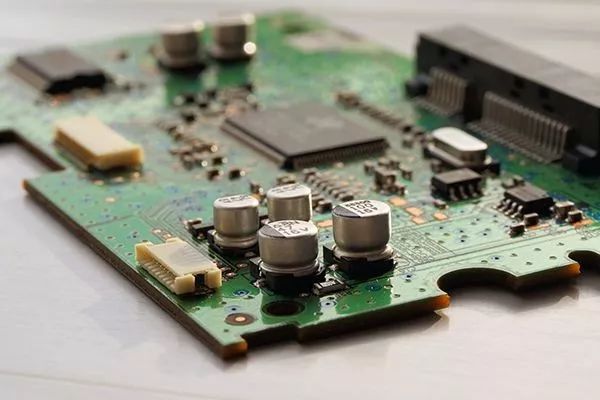Treatment before copper sinking
- Deburring: The pre-copper substrate goes through the drilling process. Although this process is prone to burrs, it is the most important hidden danger of metallization of inferior holes. It must be solved by the deburring process. Usually mechanical methods are used to make the hole edge and inner hole wall free from barbs or plugging.
- Degreasing
- Roughening treatment: mainly to ensure good bonding strength between the metal coating and the substrate.
- Activation treatment: It mainly forms “initiation centers” to make the copper deposition uniform.

Causes of voids in the hole wall coating:
- Hole wall coating voids caused by PTH
(1) Copper content of copper sink, concentration of sodium hydroxide and formaldehyde
(2) The temperature of the bath liquid
(3) Control of activation solution
(4) Cleaning temperature
(5) The use temperature, concentration and time of the pore-forming agent
(6) Use temperature, concentration and time of reducing agent
(7) Oscillators and Swings - Hole wall coating voids caused by pattern transfer
(1) Pre-treatment brush board
(2) Residual glue at the orifice
(3) Pre-treatment micro-etching - Hole wall plating voids caused by pattern plating
(1) Pattern electroplating micro-etching
(2) Poor dispersibility of tin plating (lead tin)
There are many factors that cause coating voids. The most common one is PTH coating voids. By controlling the relevant process parameters of the potion, the generation of PTH coating voids can be effectively reduced. However, other factors cannot be ignored. Only through careful observation and understanding of the causes of coating voids and the characteristics of defects can we solve problems in a timely and effective manner and maintain product quality.
Any PCB or PCBA demands, please feel free to contact [email protected].